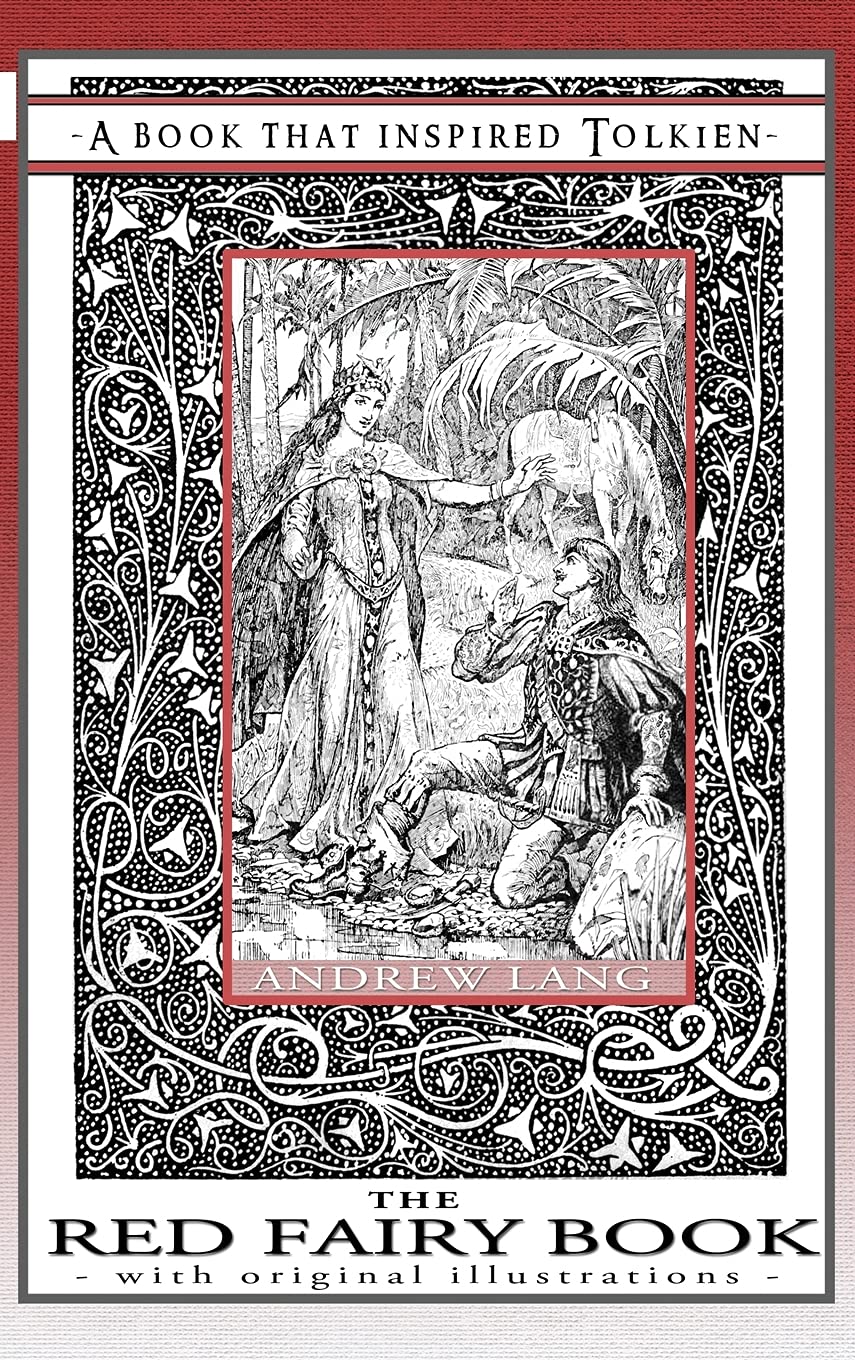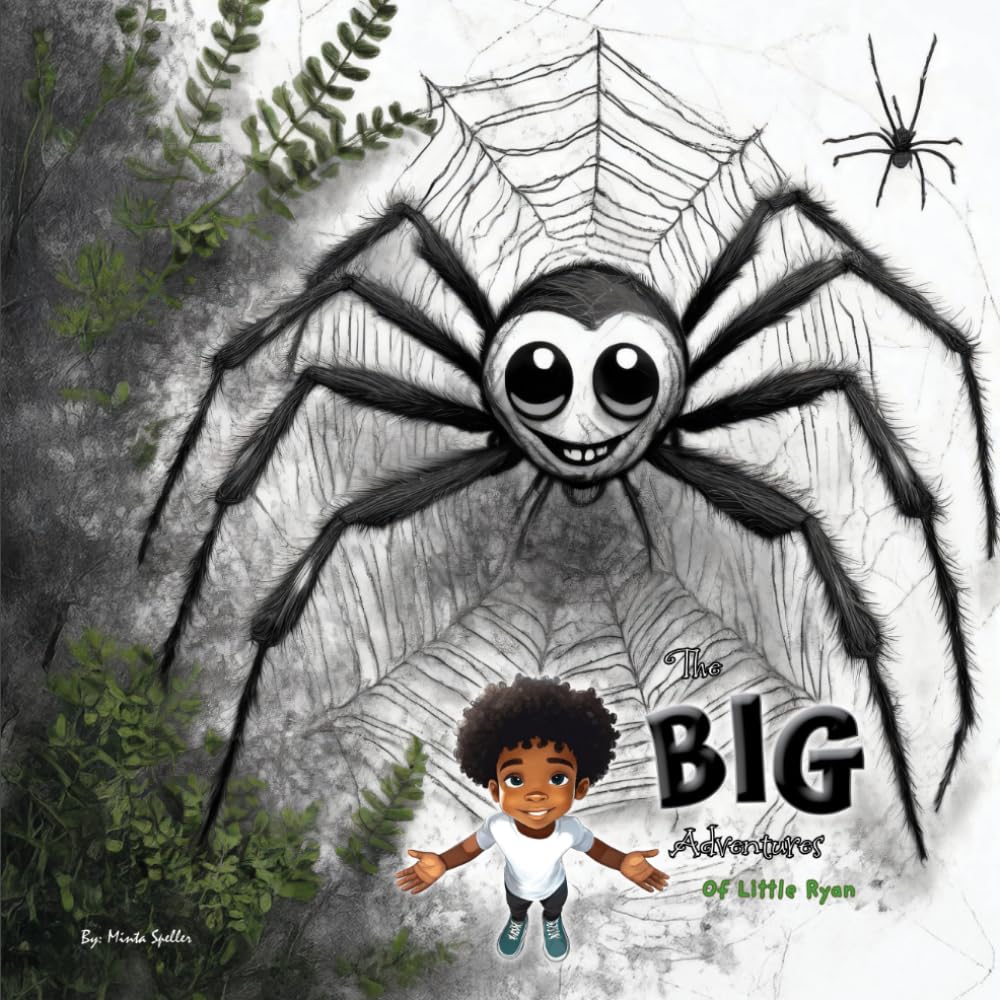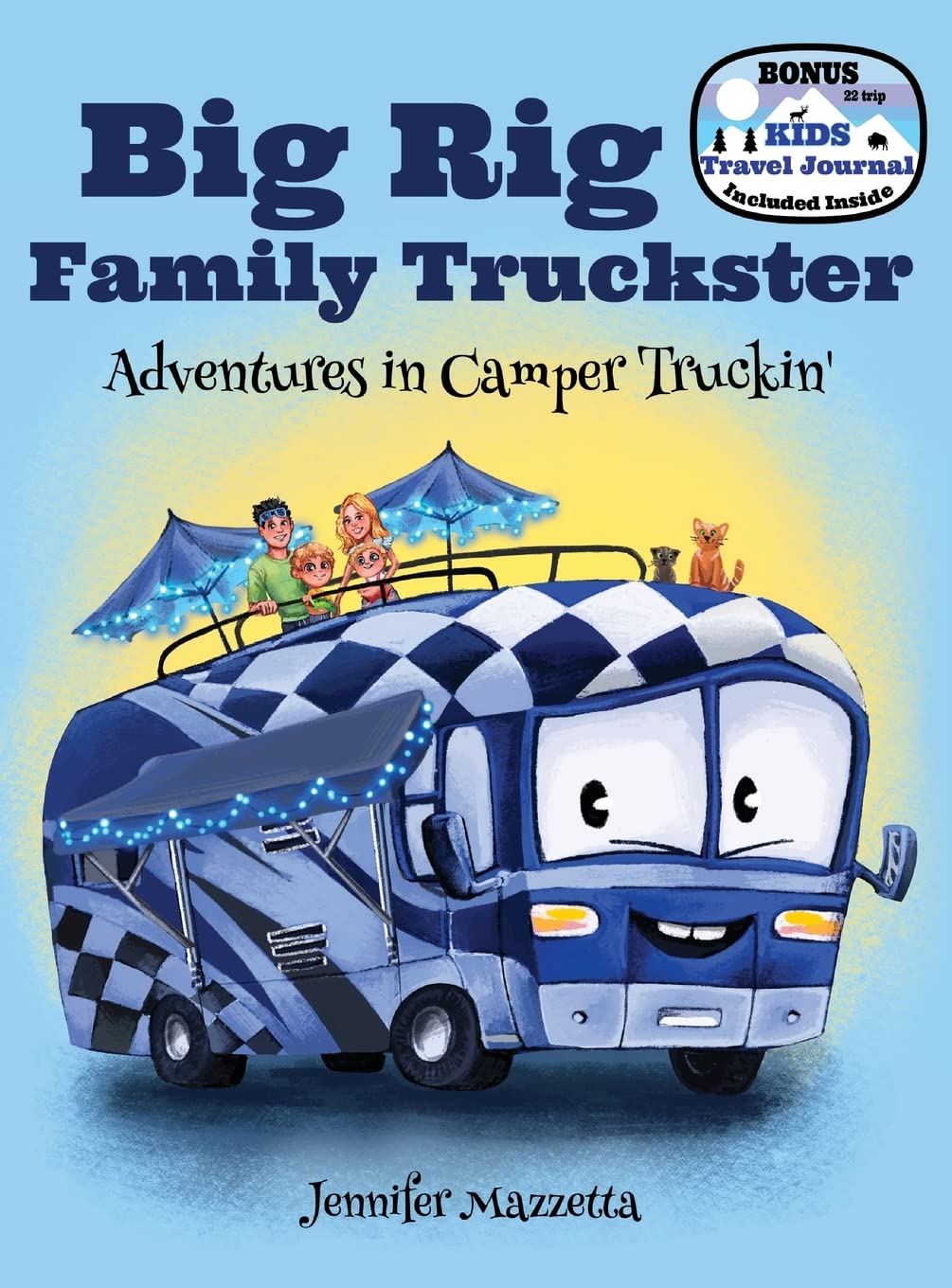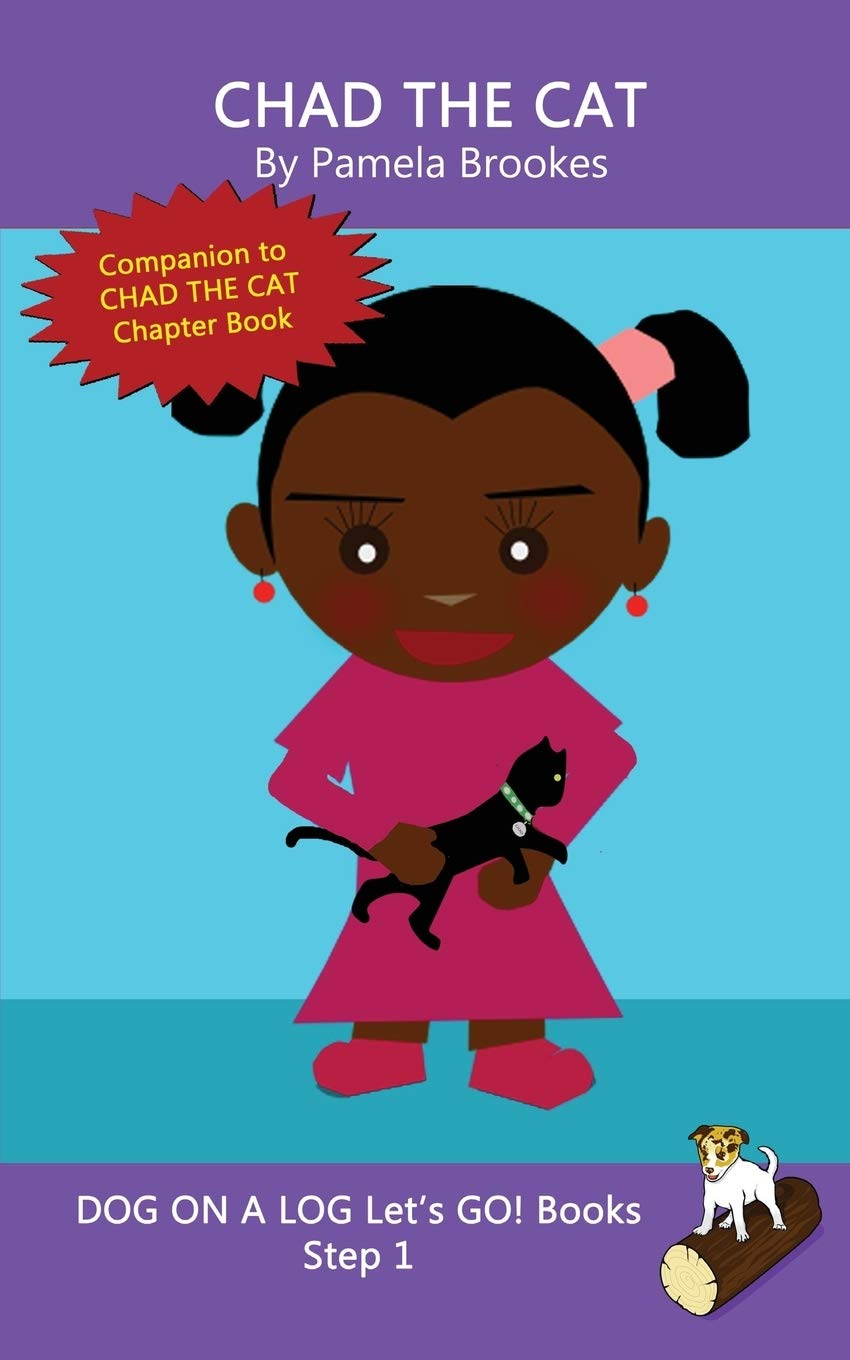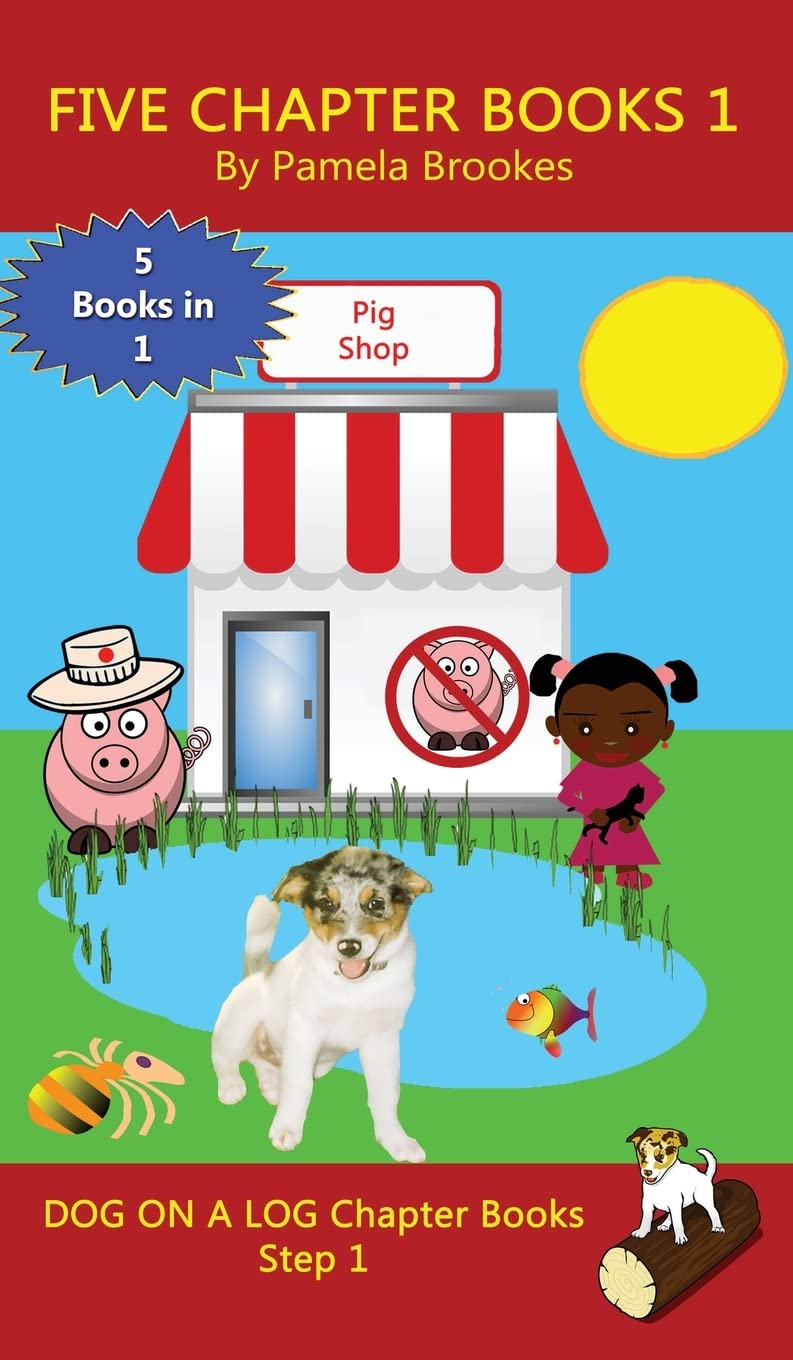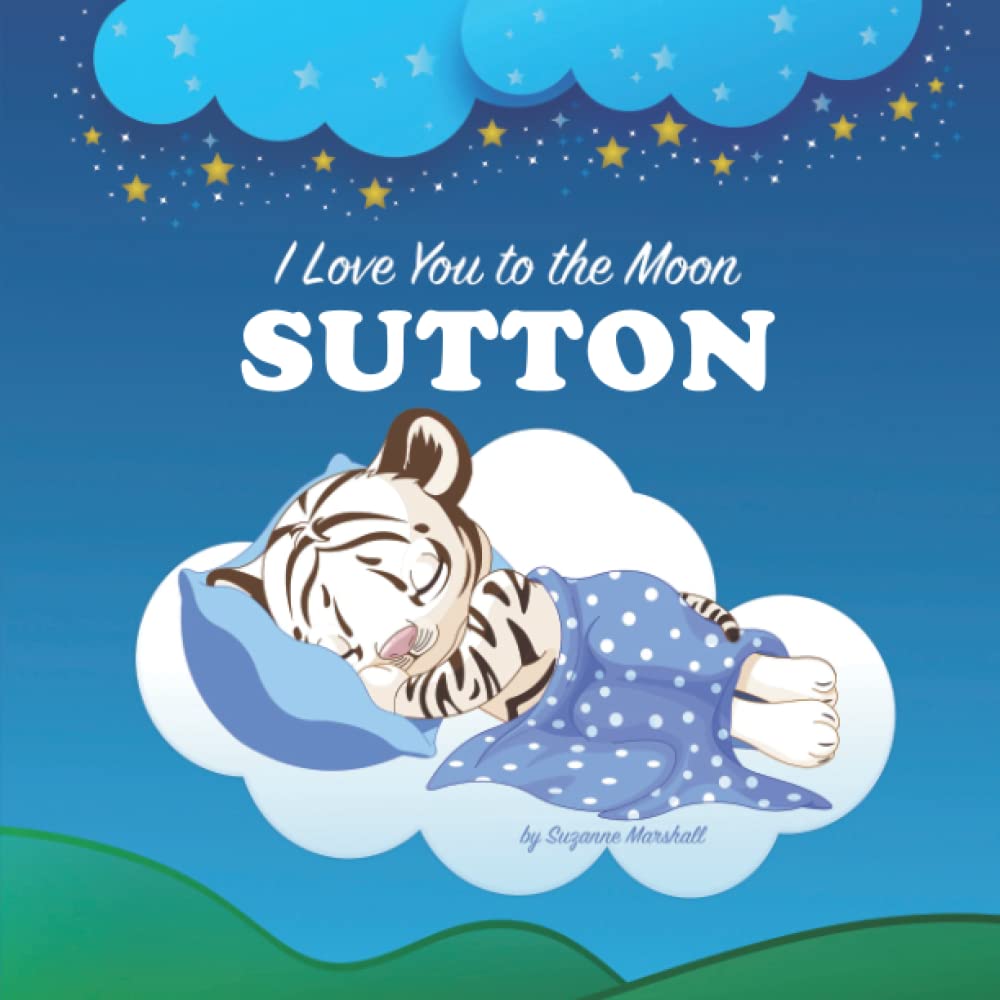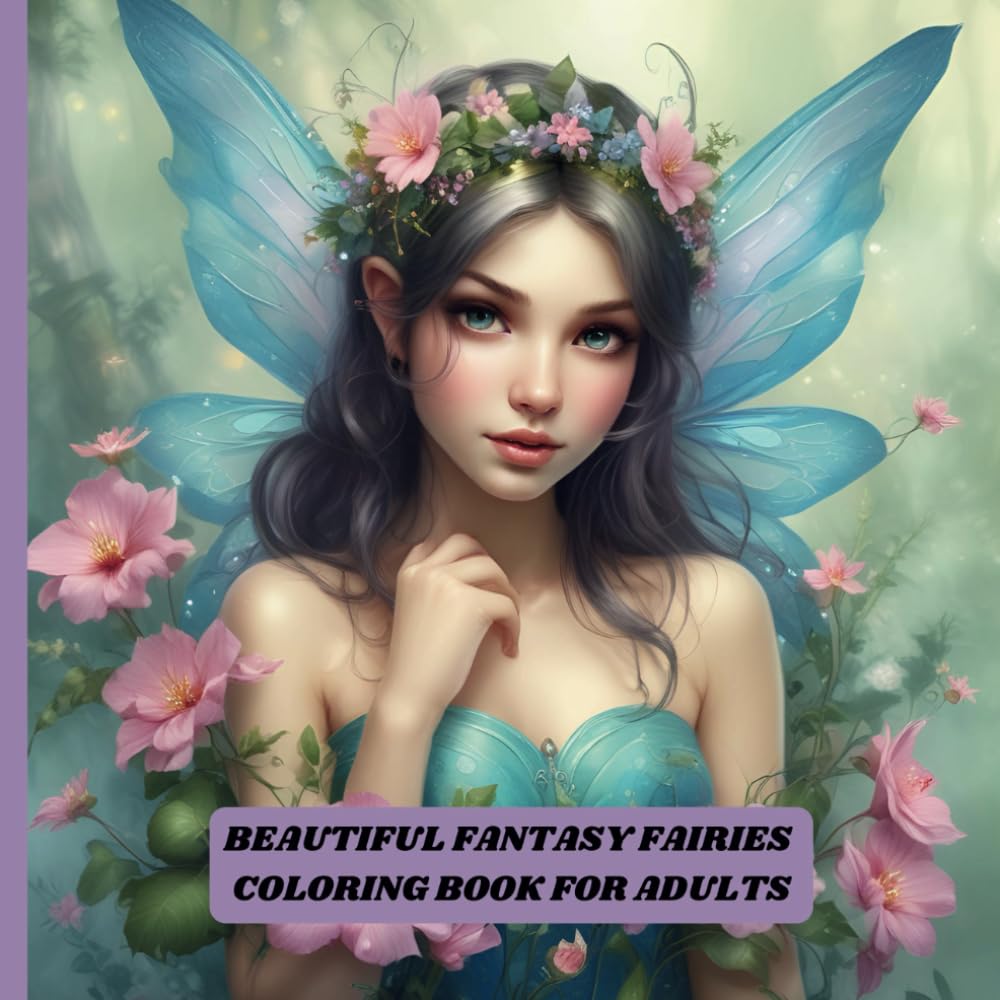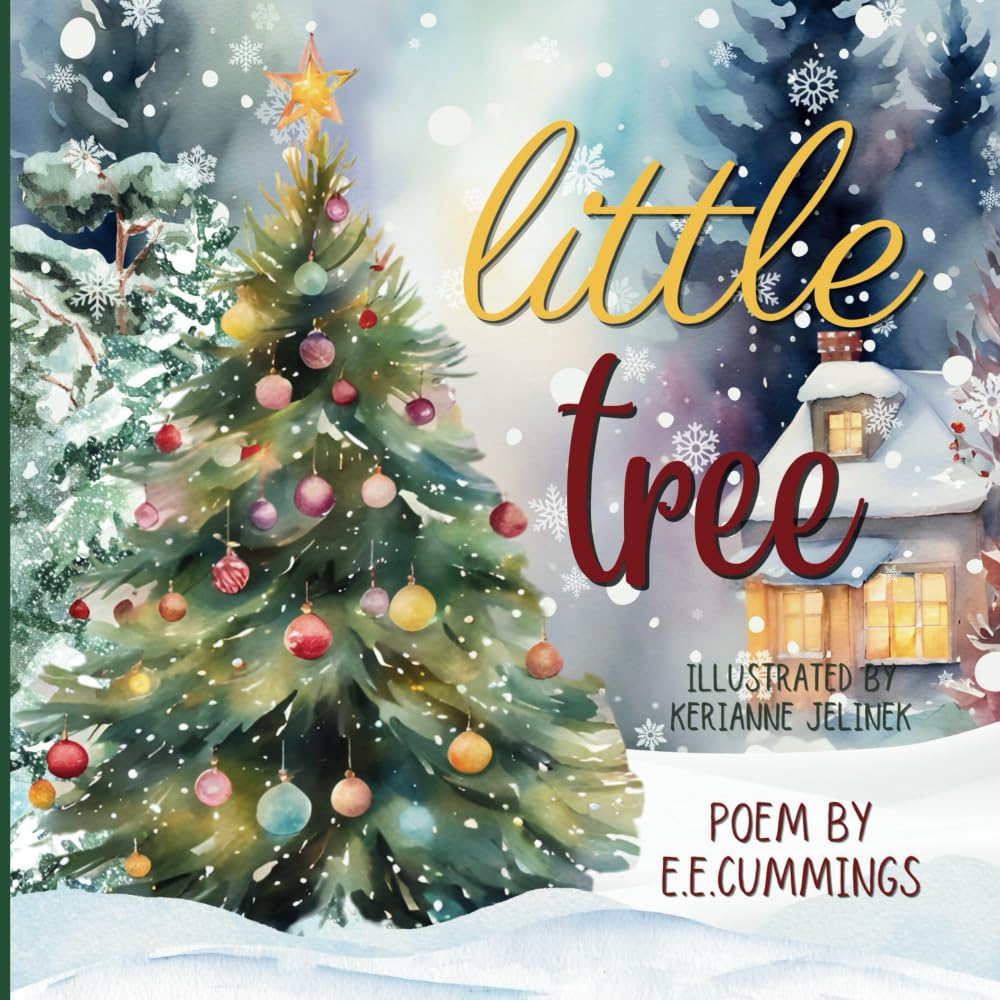THE RED FAIRY BOOK- A BOOK THAT INSPIRED TOLKIEN. With original illustrations. 'I have been a lover of fairy stories since I learned to read, ' Professor J.R.R. Tolkien once stated. 'The Red Fairy Book' was one of Tolkien's favorites. Fantasy and medieval literature specialist Douglas A. Anderson asserted, 'As a child Tolkien found delight in the variously colored fairy tale books of Andrew Lang. Especially he enjoyed "The Red Fairy Book", for it contained Lang's retelling of one of the greatest dragon stories in northern literature, that of Fafnir from the "Volsung Saga."' Dart-Thornton's introduction sheds more light on Tolkien's connection with 'The Red Fairy Book' and its editor, Andrew Lang. 'The Red Fairy Book' was illustrated by H.J. Ford and Lancelot Speed. As a child, and later as an adult, Tolkien was exposed to these pictures as he leafed through the pages of the fairy tales. Consciously or unconsciously, he came under their spell. More than 100 drawings adorned the pages of the original 1890 edition. This is a close replica of that edition, with every illustration and embellishment included. Twenty-first century readers are able to enjoy the pictures as young Tolkien would have enjoyed them. This gorgeously illustrated book was a source of immense joy to Tolkien as he was growing up, and contributed to his conception of 'The Hobbit' and 'The Lord of the Rings'. As a Tolkien enthusiast, I read The Red Fairy Book because I wanted to know about Tolkien's early influences. Andrew Lang's books were the first books that Tolkien ever read, he owned The Red Fairy Book and even after long time he remembered it fondly. If you are searching for Tolkien in this book you will not be disappointed. You will find there the source for the name of Pippin for instance, you will find in the stories grains of ideas and themes that later found themselves in LOTR. But you will find there more than just LOTR references. You will find great stories, some of them a little naive for the cynical reader, but all of them interesting. Even if you are adult, this book will conquer you completely. This is a book for all the members of the family. You will love it and your children will love it. Some of the stories are suitable for very small children to read to them before bedtime. If you are searching for so called "sophisticated" books, this book is not for you. It contained simple stories, some of them with moral and it is lacking complex motives and emotions, after all, it is fairy tales. Ran Bar Zikon It can be difficult to find a fairy tale collection that manages to hit on a wider spectrum of stories, rather than the mish-mash collections of everything that everyone has memorized or the collections that go out of the way to find the most unknown and unusual. This has both, from the familiar to the distinctly different, and told in a classic Victorian voice. There is a story for everyone here, romantic, macabre, and even funny, and from a variety of countries and cultures. It's a good, basic show of different types of stories, and each one is memorable! Definitely a must-have for the fairy tale collector! Emily J Morris Andrew Lang's Fairy Books-also known as Andrew Lang's "Coloured" Fairy Books or Andrew Lang's Fairy Books of Many Colors-are a series of twelve collections of fairy tales, published between 1889 and 1910. Each volume is distinguished by its own color. In all, 437 tales from a broad range of cultures and countries are presented. Andrew Lang (1844-1912) was a Scots poet, novelist, and literary critic. Although he did not collect the stories himself from the oral tradition, the extent of his sources, who had collected them originally-with the notable exception of Madame d'Aulnoy-made the collections immensely influential. Lang gave many of the tales their first appearance in English. As acknowledged in the prefaces, although Lang himself made most of the selections, his wife and other translators did a large portion of the translating and retelling of the actual stories. According to Anita Silvey, "The irony of Lang's life and work is that although he wrote for a profession-literary criticism; fiction; poems; books and articles on anthropology, mythology, history, and travel...he is best recognized for the works he did not write." Many of Andrew Lang's Fairy Books were illustrated by Henry J. Ford, with Lancelot Speed also contributing some illustrations. Henry Justice Ford (1860-1941) was a prolific and successful English artist and illustrator, active from 1886 through to the late 1920s. Sometimes known as H. J. Ford or Henry J. Ford, he came to public attention when he provided the numerous beautiful illustrations for Andrew Lang's Fairy Books, which captured the imagination of a generation of British children and were sold worldwide in the 1880s and 1890s. Lancelot Speed (13 June 1860 - 31 December 1931) was a Victorian illustrator of books, usually of a fantastical or romantic nature. He is probably m
